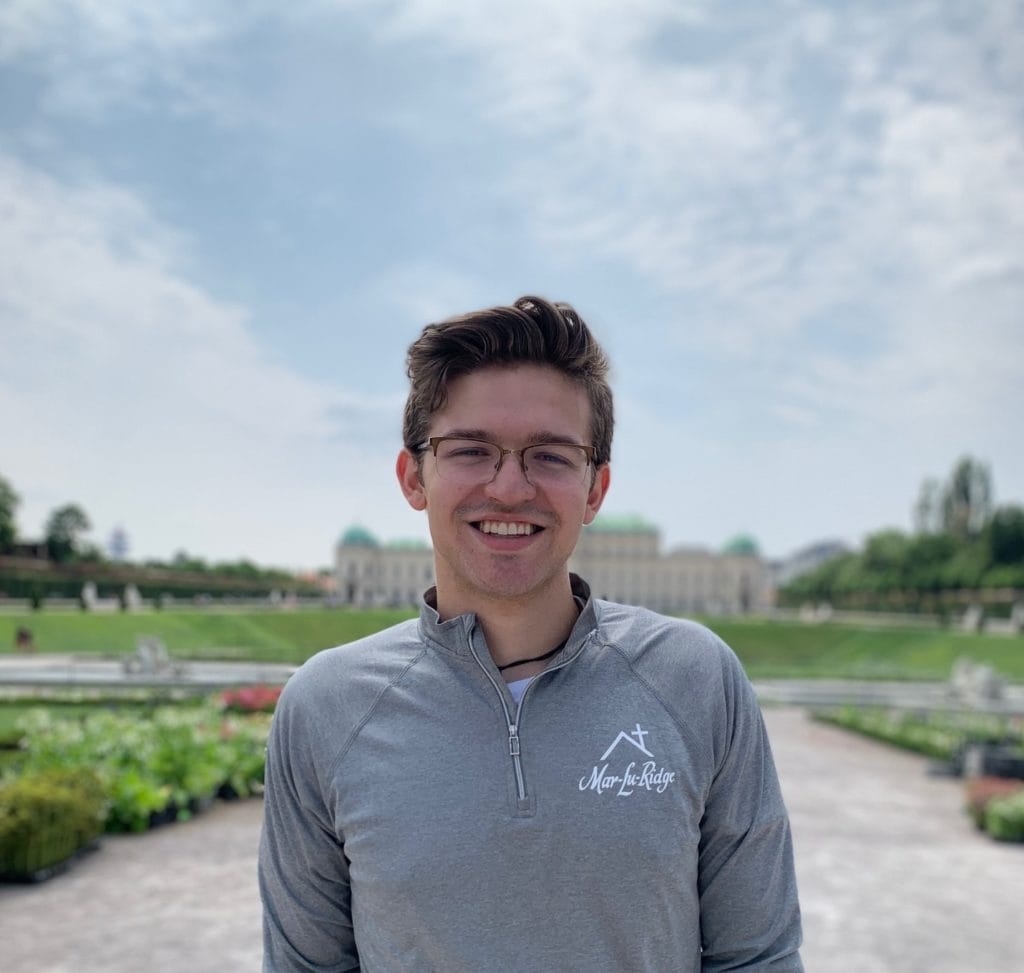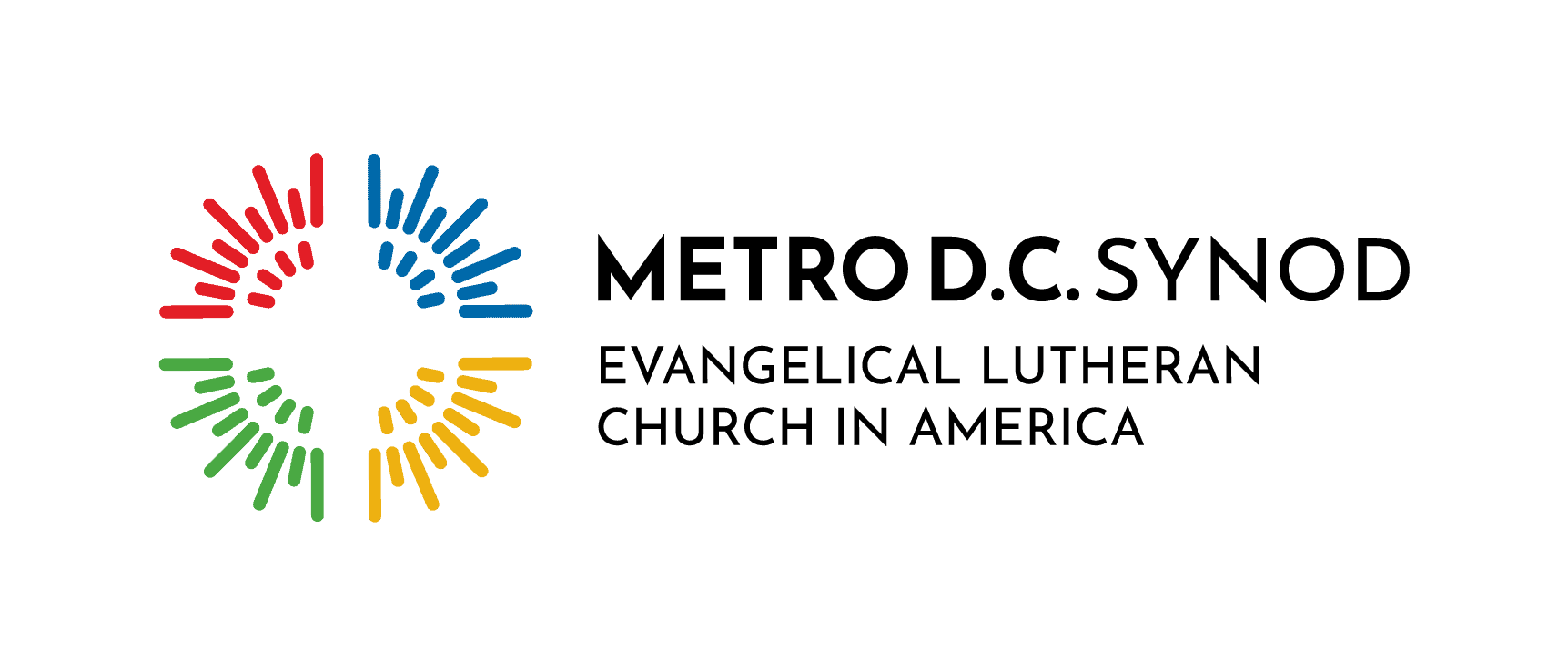Reflection by Adam Fairchild

I read My Grandmother’s Hands with our synod staff throughout this Fall after spending much of the summer learning about antiracism and how I can embrace a mindset and collection of practices designed to combat systemic racism. Through reading My Grandmother’s Hands, I gained a new perspective on systemic racism as a source of shared, embodied cultural trauma that challenged me to expand my understandings of antiracism.
In My Grandmother’s Hands, Resmaa Menakem describes how we respond to trauma through embodied responses. Although originally oriented towards bodily protection, these trauma responses become ingrained within our bodies and we pass them down from generation to generation. This trauma retention pattern is especially evident in how we respond to systemic racism, or “White-body supremacy.” This trauma differs between White bodies, Black bodies, and other bodies, but it affects everyone. To overcome white-body supremacy, Menakem argues, we must first do away with the racialized trauma that we hold in our bodies.
This lesson was my primary take-away from reading My Grandmother’s Hands. Understanding the embodied nature of white supremacy forced me to reckon with how I had conceptualized becoming antiracist as a mental task, which overlooked how systemic racism shaped our physical realities. Through using the meditative and reflective practices offered in the text, I began to unpack and address the trauma and baggage of white supremacy ingrained within me.
In further reflection on the embodied nature of white supremacy, I also realized just how important it is to engage in antiracism work within a community. Although individuals, especially those with white bodies, must reckon with the legacy of racism and race-based privilege, the work of antiracism is relational and communal. Since white supremacy has systemically infected our shared identities, cultures, and histories, we must combat it through communal action.
I found a scriptural grounding for these lessons in Mark 5: 21-42, in which Jesus heals a woman who touches his cloak amidst a crowd and a little girl presumed to be dead. In both healing instances, scripture bears witness to the bodily traumas retained within each of the characters and the crowds that follow Jesus. This text shows us how healing is both an individual and communal act, which is a central message of My Grandmother’s Hands and a lesson that I will carry with me as I continue in pursuing and embracing antiracism.

Fall 2020 Intern at Synod Office


